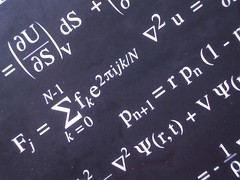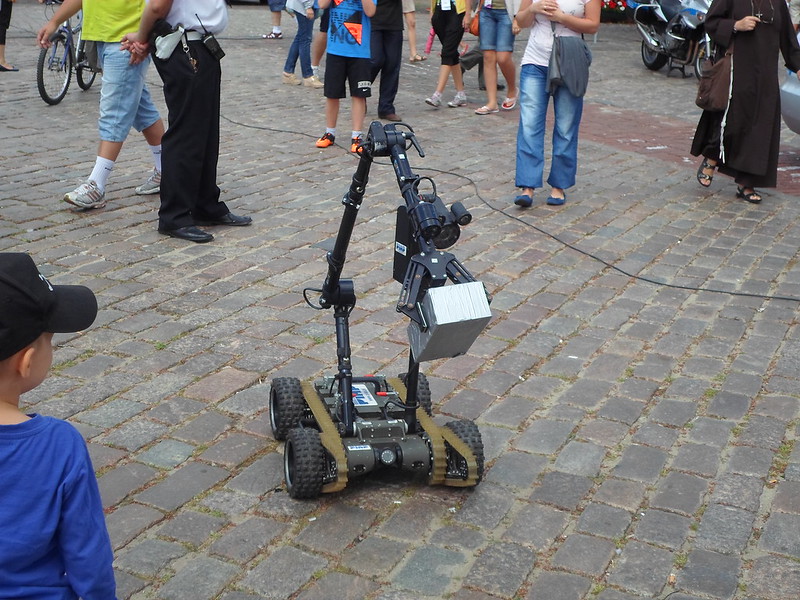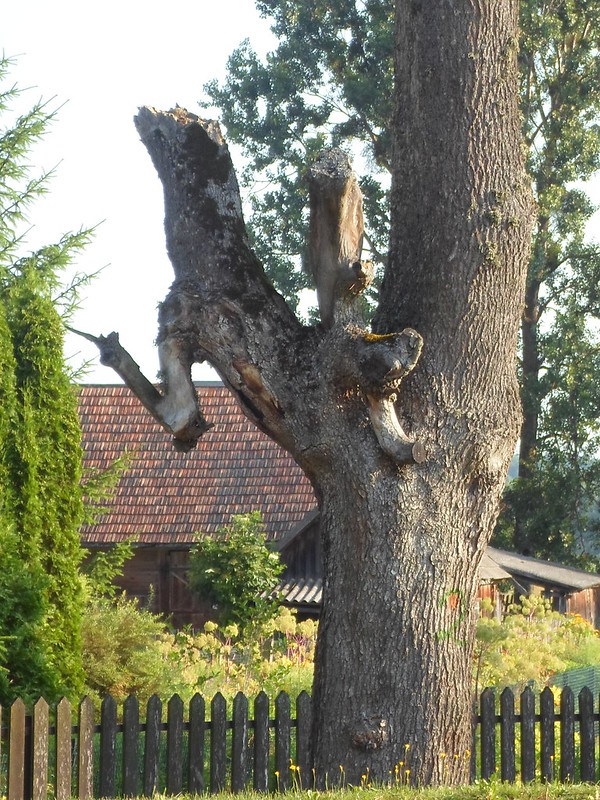
Image by Saeed.Veradi
|
Some one once remarked to me that all the important ideas in mathematics come from physics. After a little thought I tend to agree, and for sure many important topics in mathematics have their roots in physics or at least quickly found applications in physics. |
Below are some examples of the branches of mathematics that have clear physical applications as well as being of independent interest. The list is by no means complete, in no particular order and will reflect my own interests. Also I will not be at all technical here.
The theory of partial differential equations
This is just so encompassing, I was not sure how to include it! A partial differential equation (PDE) is a differential equation in unknown multivariable functions and their partial derivatives. PDEs are used to model a huge range of phenomena such as sound, heat flow, electromagnetic waves, fluids, the vibrating string, classical fields, superconductivity and so on.
As many branches of mathematics employ tools from differential calculus just about every mathematician will come across a PDE of some kind in his work. I cannot begin to list where the theory PDEs come in useful.
What should be remarked is that not all PDEs have nice solutions that can be expressed in terms of elementary functions. One will often need to turn to numerical methods to solve PDEs.
All the other branches listed below have some interface with PDEs as they are so universal.
Symplectic geometry and classical mechanics
Symplectic and Poisson geometry is essentially the study of manifolds equipped with Poisson brackets; that is a particular kind Lie algebra structure with a Leibniz rule. The study of such structures is fundamental in understanding the Hamiltonian formulation of classical mechanics; classical phase spaces carry such Poisson brackets.
Such geometries have become a large subject of study and also have found applications in diverse areas of mathematics. For example, geometric representation theory, non-commutative geometry, integrable systems and the theory of Lie algebroids have found much use for ideas found in Poisson geometry.
Riemannian geometry
This is loosely the study of spaces, that is manifolds, with the local notion of the length of a path as well as areas and volumes. One should think of Riemannian geometry as a very broad generalisation of the geometry of surfaces in \(\mathbb{R}^{3}\).
Although Bernhard Riemann’s initial work on the subject predates Einstein’s special and general relativity, Riemannian geometry is fundamental in the formulation of relativity. Indeed general relativity, that is Einstein’s theory of gravity as the local geometry of space-time, remains a large motivator for the study of Riemannian geometry.
One should also note that Riemannian geometry has proved useful in group theory, representation theory, algebraic topology and so on.
Functional analysis
Here we have the study of vector spaces equipped with some extra structure such as an inner product or a norm, and operators on such vector spaces. Such structure allows one to think about limits. Functional analysis has its roots in the study of function spaces and transformations on them like the Fourier transform. The main focus of functional analysis is the extension of the theory of integration and probability to infinite dimensional spaces.
The notion of a Hilbert space, which is an infinite dimensional vector space with an inner product, if fundamental in non-relativistic quantum mechanics. Spectral theory of operators on Hilbert spaces, which is part of functional analysis is very important in quantum physics. In particular the algebras of operators on such spaces is deeply linked with physics…
Operator algebras
Really this too can be seen as part of functional analysis. An operator algebra is (loosely) an algebra of linear operators on an infinite dimensional vector space. From a physics point of view operator algebras are found behind the quantum statistical mechanics, axiomatic quantum field theory and non-commutative generalisations of space-time.
Group theory
Group theory can be thought of as the abstract study of symmetry. Many physical systems exhibit symmetries, such as crystal lattices, molecules as well as the much more complicated symmetries that can be found behind electromagnetic theory. The representation theory of groups, “representing groups by linear operators on a vector space”, has fundamental applications in physics and chemistry. For example, all the fundamental particles in nature are classified by the representations of the Poincare group, which is the group describing the symmetries of flat space-time.
Group theory itself is a huge subject, which applications throughout pure and applied mathematics. For example, group theory has been very influential on the development of differential geometry and abstract algebra.
Combinatorics
Combinatorics is the study of finite or countable discrete structures. Loosely combinatorics is about counting the number of elements of some structure. The Fibonacci numbers are a classical example here.
Combinatorics has strong applications in algebra, probability theory, number theory and topology. From the physics side of things we see combinatorics appearing in statistical mechanics and quantum field theory.





















